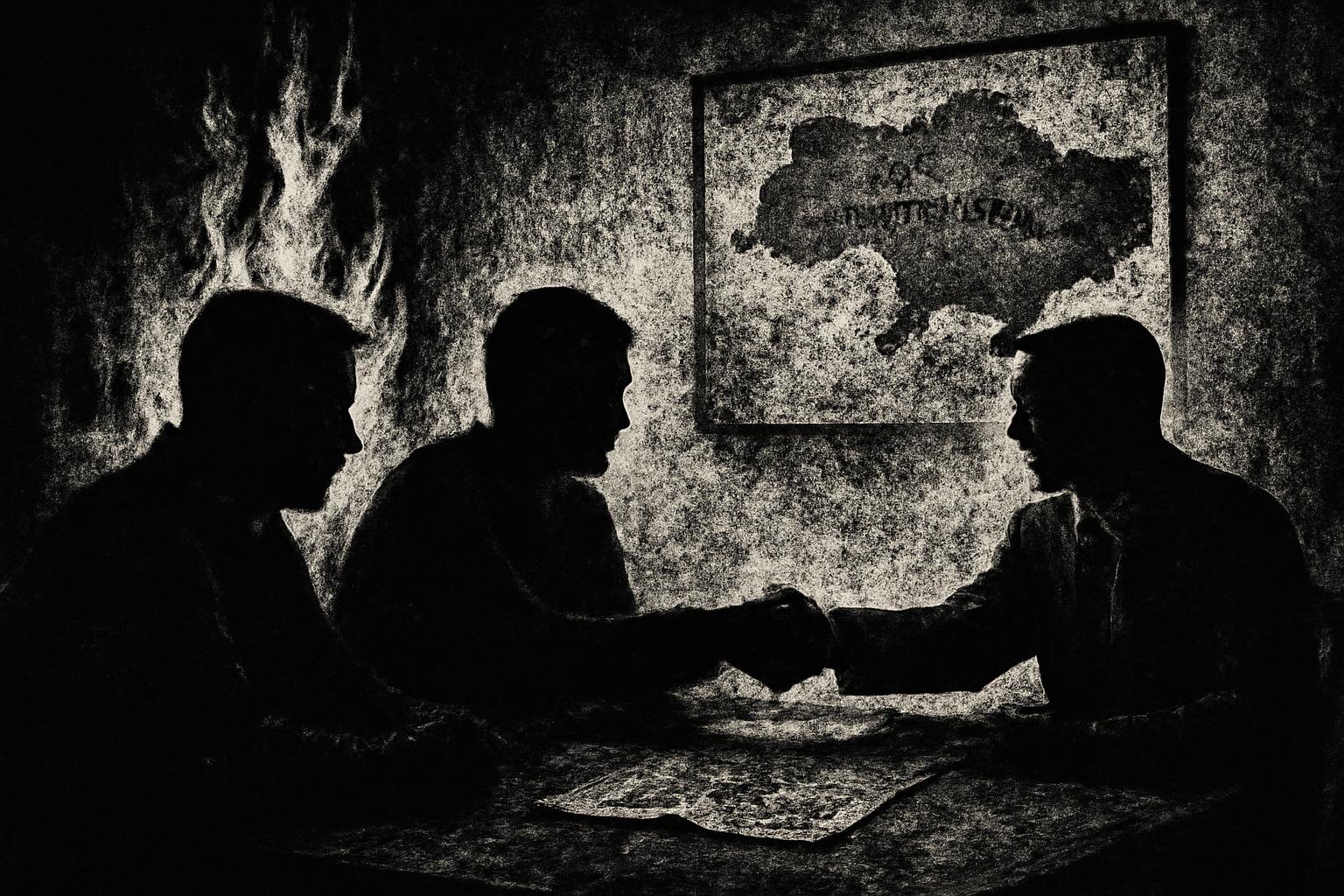Anchorage, Alaska will host a Friday meeting between the U.S. president and the Russian president. The exact timetable isn’t set; the U.S. leader plans to depart Friday morning for the talks. The White House describes a one-on-one session as a listening exercise aimed at understanding how to end the war in Ukraine, with spokeswoman Karoline Leavitt saying the president has deep respect for all involved and remains very engaged in supporting Ukraine and its European allies. Separately, the U.S. secretary of state spoke with the Russian counterpart about summit preparations, with both sides reaffirming their commitment to a successful event. A day earlier, European leaders and Zelensky held or planned several video conferences to craft a common approach ahead of the meeting, amid Western fears that Friday could anchor Ukrainian territorial concessions to Russia. Zelensky warns Ukraine will not give up the Donbass and notes new Russian offensives on three fronts, including Zaporizhzhia.
This whole circus smells like a burn barrel behind a gas station: a staged “listening session” in the far north, while the real talk happens in the back rooms where the ink gets dry on maps nobody elected to redraw. They call it diplomacy, but it’s really a theater production with a buttoned-up suit selling the audience a fairy tale about “endings” while greasing the wheels for concessions that would make even a fool wince. Nu, listen: Anchorage is the stage, the weather is howling, and the script is written long before the actors arrive. Trump’s people spin it as respect and steadiness, Leavitt gushes about a “listening exercise,” and suddenly we’re meant to believe the endpoint is peace. In Sachsen we’d say: what a Schmierenkomödie—a smear-mixed comedy, a show where the truth is the first casualty and the audience is trained to clap on cue.
And what’s really behind this? Backroom deals, that’s what. The “deep respect” line is classic theater—a way to soothe nerves while pushing a needle into a future where borders become bargaining chips, not bloodlines and soil. The so-called “listening” is just a smokescreen to give cover to whoever wants to pretend they’re bargaining for peace while quietly setting up the dominoes for a freeze and a redraw. They sell it as unity against aggression, but the real agenda is to keep the spotlight on the leaders while Ukraine shoulders the weight of two decades of high-stakes diplomacy turned into photo ops.
Then there’s Rubio and Lavrov kissing the same policy line over a phone call about preparations. If you imagine this as a signal of genuine breakthrough, you’ve got your head in the clouds. It’s a parade of polite phrases—“successful event,” “common approach”—while the people on the ground face the risk of another landing in a battlefield map you’d sooner use for a chessboard. And Zelensky’s warning that Ukraine will not surrender the Donbass, alongside the claim of three Russian offensives including Zaporizhzhia, is the counterpoint that should sober up any fool who thinks this isn’t a chess game with real lives hanging in the balance.
Let me cut to the chase: Friday’s meeting is less about ending a war and more about how to freeze a conflict so that powerful folks can claim victory without admitting defeat. They’re chasing a narrative of control, while the people most affected are asked to trust a process that looks suspiciously like a carefully choreographed retreat—one that seals more concessions behind closed doors and then feeds the public a line about the glory of “peace through negotiation.” If you’re not furious yet, you’re not paying attention. In Sachsen terms: das ist doch eine Pyjama-Show für Erwachsene, mit Kriegsgewinnen als Pyjamas, während die echten Schlachten draußen weitergehen. The question isn’t whether there will be a deal; it’s who will pay the price when the map gets redrawn behind the curtain, and which side gets to pretend they chose the peace while the other side pays in blood.
